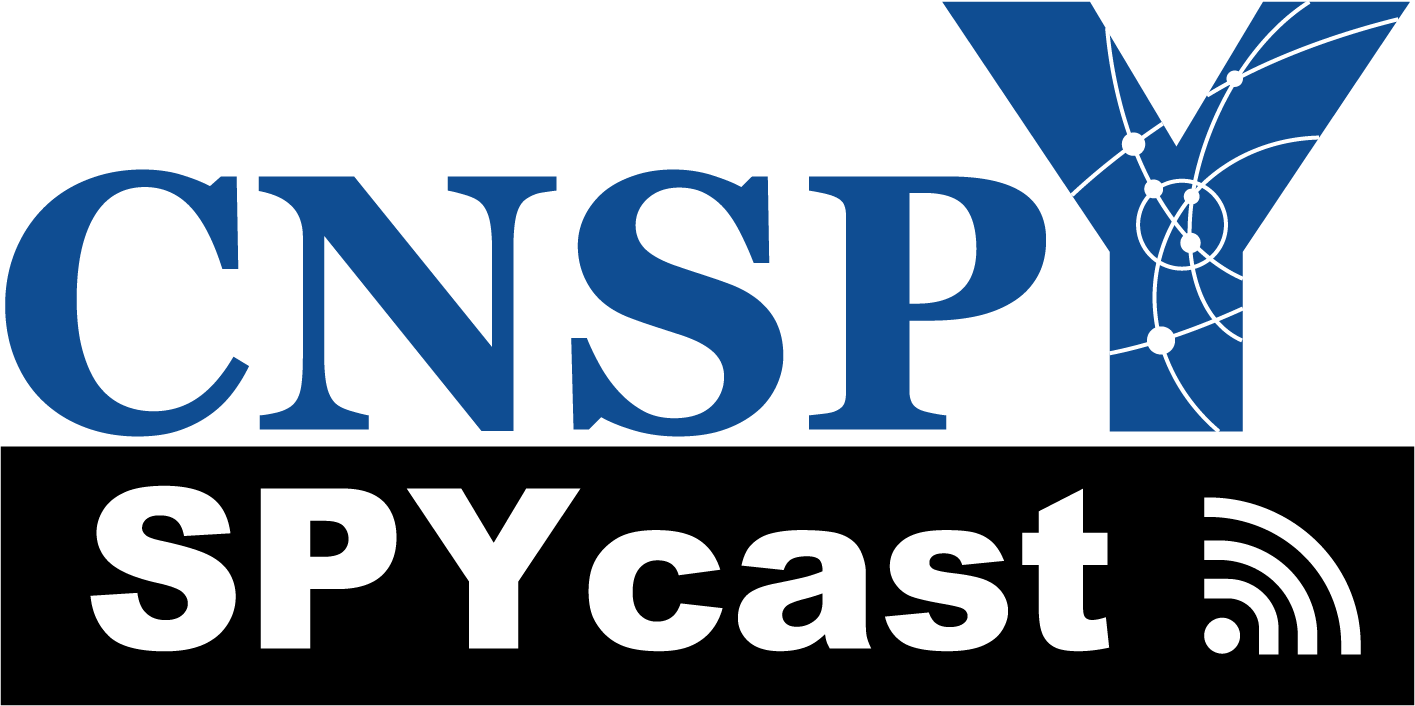This week’s blog comes to us from guest blogger Laurel Lorenz. Previously, she shared her experience with unexpected opportunities for networking. This week, she shares another low-key tip on how to increase your network and improve your CV. Here’s Laurel…
As we all know, networking is critical for getting jobs, and yet some would say that it is in poor taste to network with someone just to get a job. So how is it possible to connect with someone in a way that feels comfortable and natural, and simultaneously fulfills the purpose of increasing your job prospects?
One simple approach is to peer-network by asking someone to swap curriculum vitaes, or CVs. In the swap, you each share your CV and offer feedback to enhance each other’s CV. This creates a mutually beneficial situation in which each of you can find ways to improve your CV and learn about new opportunities. In addition, as more people are aware of your unique set of qualifications, the more likely you are to connect with the right organization.
Exchange CVs
Although exchanging CVs is a great way to help you network, how do you initiate the CV swap? To inspire you to ask, we offer several examples:
One-on-one Peer Exchange
To connect with a colleague, ask, “Hi Penelope, I’m revising my CV and am curious if we can each get new ideas by exchanging CVs. Would you mind swapping CVs?” An added bonus is that by reciprocally offering to review their CV, you strengthen the relationship with your colleague.
Group Peer Exchange
Alternatively, you could lead your lab-mates in a multi-person CV exchange. Again, let your co-workers know that you’re looking for ways to improve your CV and would like to have everyone share their CVs with each other. You can also include lab alumni in the exchange and see how their similar experiences led to their current position. In this strategy, you’re building reciprocal relationships within your existing network and extending your network.
Professional Exchange
A third example is to send a cold email, something like, “Hi Person with My Dream Career! You’re a top person in your field and my goal is to have a similar career as you. What experiences best helped you to get to your current position? Would you mind sharing your CV with me so that I can learn how to develop a similar career?” In this strategy, you’re expanding your network by asking a new contact to engage in a dialogue to share how they became successful.
Keep in mind, most people want to help you. It is likely that they received similar help in obtaining their current position and are looking for ways to pay it forward. Take advantage of this generosity!
Improve your CV
Once you exchange CVs with your colleague (and thank them!), engage in a dialogue to see how yours could be revised. Remember, it’s better to receive and respond to criticism from within your network than to be rejected by a hiring committee.
In return, read their CV and offer thoughtful suggestions to them as well. While reading through their CV, you can also use the opportunity to identify techniques that you can adapt to make yours more effective.
What is it that makes your colleague’s CV stand out?
Do they include an accomplishment that you have, but present it in a more impressive way?
How did your friend translate the soft skills from their graduate school and postdoctoral training into tangible items on their CV?
How do they organize their experiences?
Do they have an attractive graphic design?
After evaluating these elements, you can improve your CV by mirroring these elements in your own CV.
Expand your network and opportunities
By engaging in a CV swap, not only can you re-frame your previous experiences, but you can also learn of ways to expand your skills and network. If your exchange partner’s CV includes a unique experience, you can find new ways to engage with a similar opportunity.
For example, when I swapped CVs with my friend, I was particularly interested in finding opportunities to engage in science communication. After reviewing my friend’s CV, I became aware of opportunities to write for the CNSPY Blog, join Yale Science Diplomacy and Greater New Haven Toastmasters, and volunteer at the New Haven Science Fair.
All of these organizations have offered excellent networking opportunities.
When you ask to swap CVs with someone, there is no limit to how you can improve your CV and how widely you can expand your network. Ask to swap CVs with as many people as you can think of! The more people that you ask, the more likely that you will be able to network and make new opportunities for yourself.
** Ask a friend to swap CVs and let us know what opportunities and ideas it leads you to!**
Share your thoughts below by clicking the “Leave a Reply” link or by clicking the chat bubble in the top right of the post.




